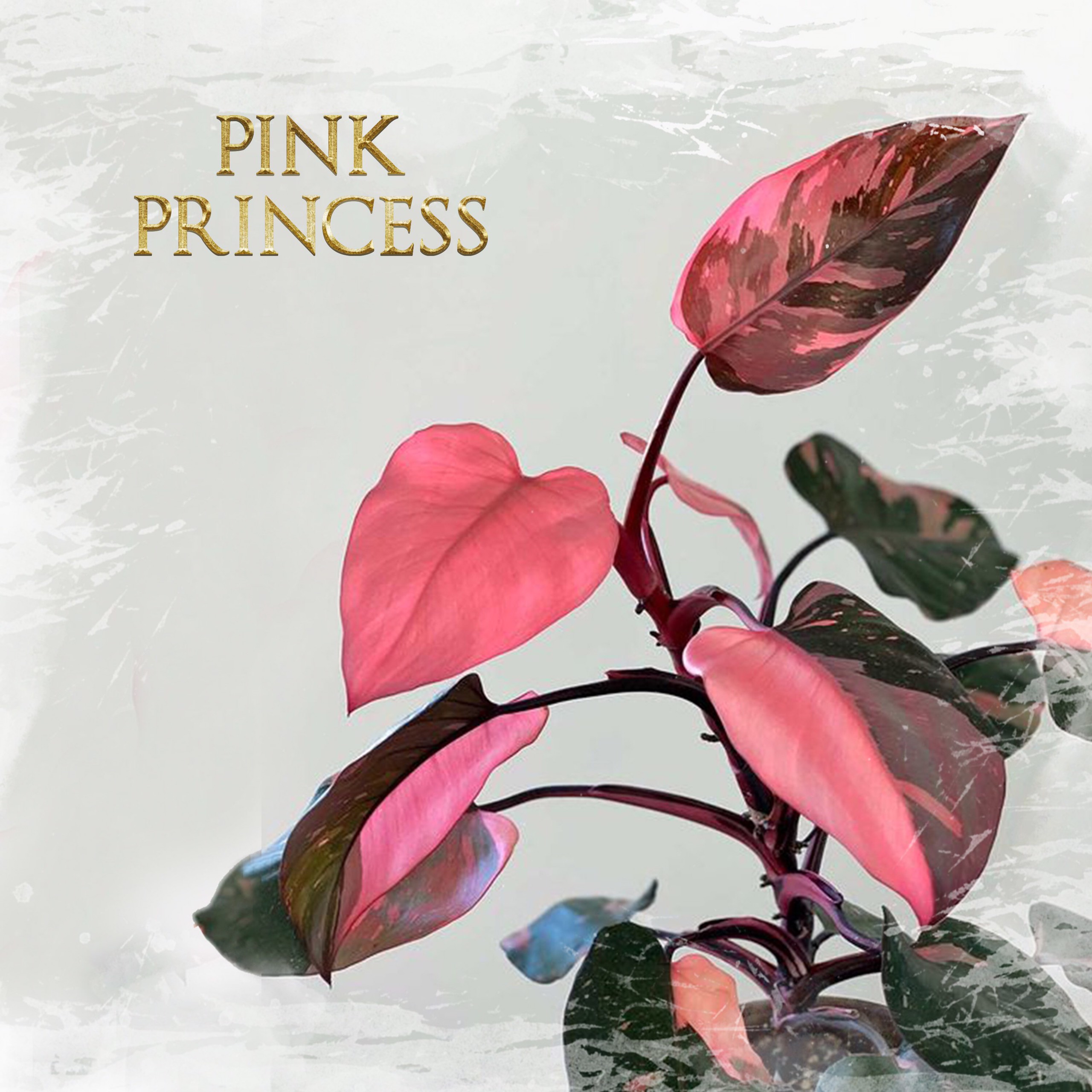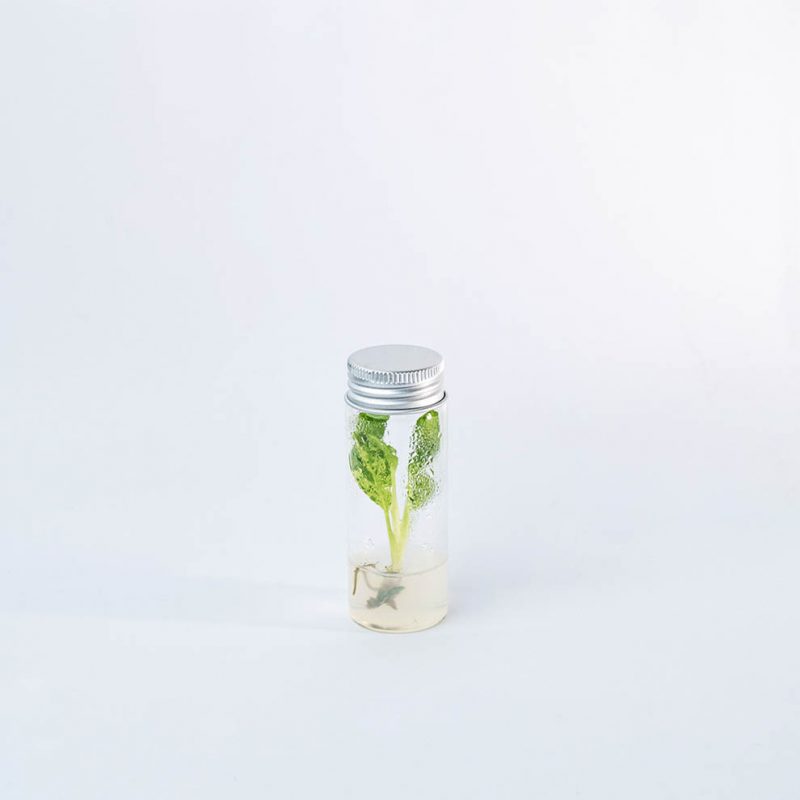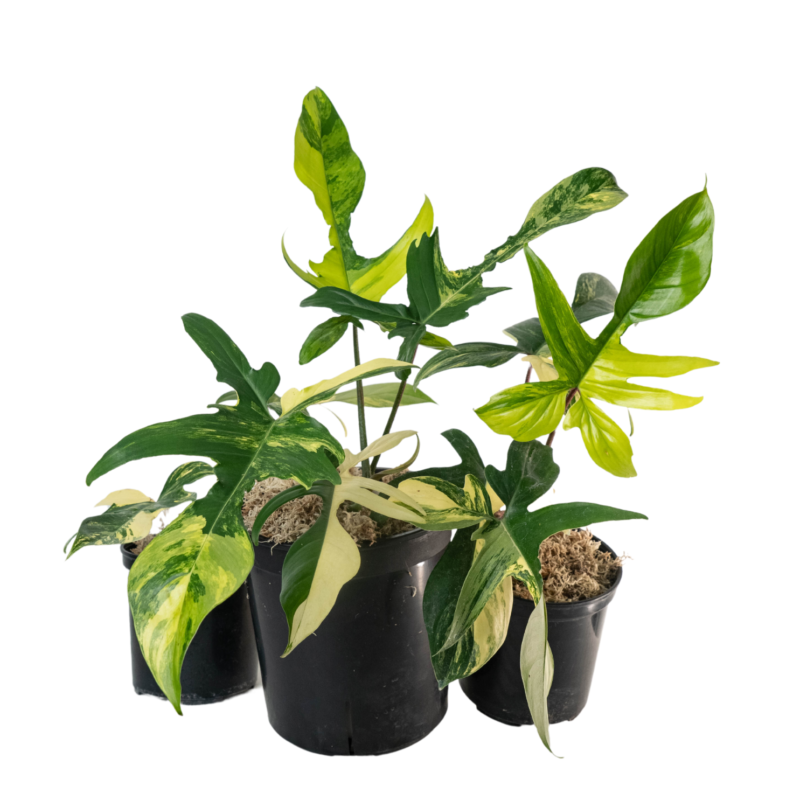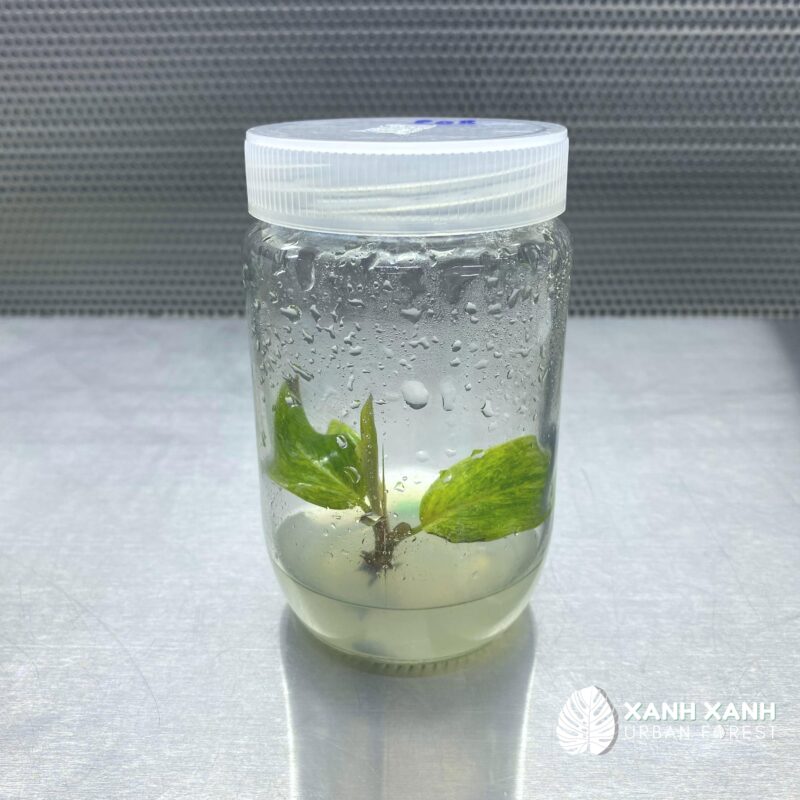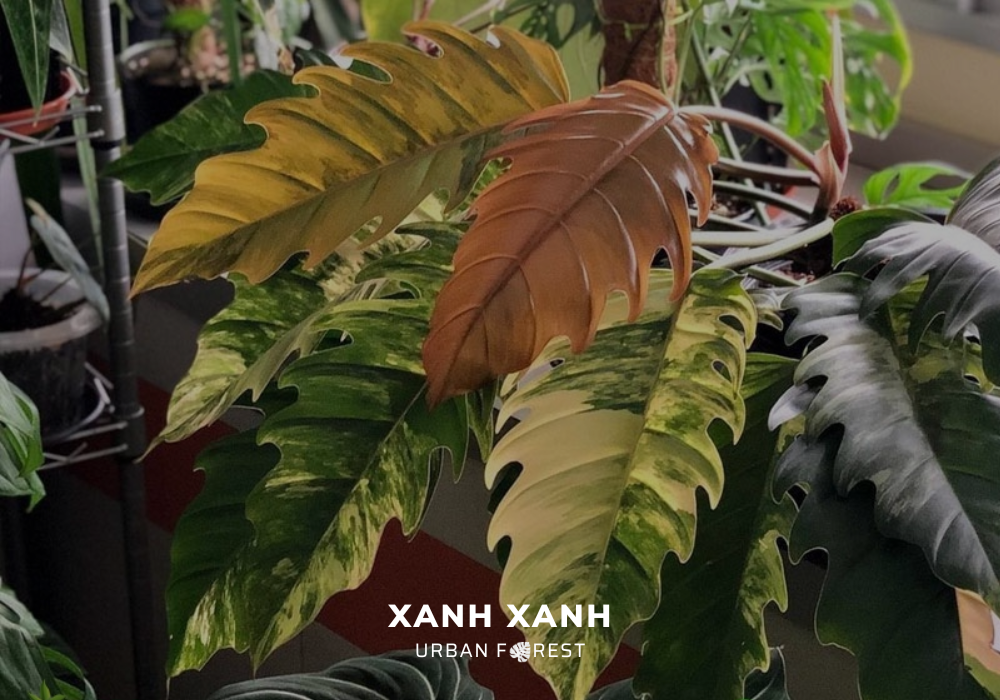What exactly is a Pink Princess Philodendron?
Philodendron Pink Princess (Philodendron erubescens) is a trailing plant in the Araceae family. Aside from the beautiful pink and dark green leaves, the plant is distinguished by large waxy leaves. These leaves can grow to be as long as 9” (22 cm) and as wide as 5” (12 cm).
The pinkness on the leaves is caused by a lack of chlorophyll, which is the chemical that turns plants’ leaves green. However, some greenness on the leaves is required for the plants to photosynthesize. Chlorophyll aids in the production of oxygen and glucose, which are required for healthy growth.
Because Philodendrons are all tropical plants, these pink beauties thrive indoors. If the weather permits, you can also grow Philodendron Pink Princess in your garden. Choose a bright but shady location for the plant to thrive. If you live in a temperate climate, you can also take your potted plant outside during the summer.
Philodendron Pink Princess Care Instructions
Before we get into the essential care tips for your Pink Princess, there is one important question to address: how do you keep the leaves pink?
How to Keep Philodendron erubescens Pink Leaves
For this Philodendron to thrive, a combination of green and pink colors is ideal. Photosynthesis requires the green parts. As a result, if too many of the leaves turn pink, your plant will starve and eventually die. If there’s too much green, it’s no longer a pink princess, is it?
If you notice that new leaves are turning a bright pink color, cut the stems back just above the leaf joint—node. Your new variegated leaves will sprout from the node. The last leaf on the stem should have balanced variegation.
Light Requirements for Philodendron Pink Princess Growth
Philodendron Pink Princess thrives in indirect light. This type of light creates ideal lighting conditions for healthy growth and balanced variegation. Filtered light is also ideal because the sun does not shine directly on the leaves. As a result, the best location is in an east- or west-facing room that receives sunlight for part of the day.
If your plant is in a very sunny location, such as a south-facing room, you will need to shade it. Keep the pink plant away from the window if possible. One sign that it is getting too much sunlight is yellowing leaves. So, if a few leaves have begun to yellow, relocate the plant to a more shaded location.
A leaf will naturally turn yellow as it ages; as long as the other leaves appear healthy, don’t be concerned. You’ll learn how to resurrect a dying Pink Princess Philodendron at the end of this article.
The Best Philodendron Pink Princess Potting Soil
The ideal potting mix for Philodendron erubescens should be rich in nutrients and retain moisture without becoming soggy. Mix peat-based soil with perlite or orchid substrate to make the ideal growing medium. The fertile, organic peat holds moisture, and the other ingredients allow excess water to drain.
This Philodendron variety, like many aroids, has aerial roots. These absorb moisture and nutrients from the surrounding air. Subterranean roots are also found in Philodendron plants. As a result, you can grow your pink plant in a soilless mixture like sphagnum moss or peat-pearlite.
Philodendron Pink Princess Watering Instructions
Water your plant only when the top 1” to 2” of soil has dried out. Pour water into the pot until it drains out the bottom when watering. This method of watering ensures that the plant roots receive adequate nutrition and that the pink leaves grow in a healthy manner. When the soil is partly dry, water your Philodendron as needed.
The most common mistake when watering a Pink Princess is overwatering it. Overwatering will result in root rot, yellowing leaves, and a wilted appearance. Instead of watering on a regular basis, first test the moisture content of the potting mix. If there is no moisture in the soil, water the plant. Otherwise, wait until the soil dries out more before watering.
The Optimal Temperature for the Philodendron Pink Princess
Plants of the genus Philodendron Pink Princess thrive in average room temperatures. Temperatures between 60°F and 84°F (16°C – 29°C) are ideal for healthy growth. However, keeping the temperature above 65°F (18°C) is preferable. If you’re growing your pink-leaved plant in a container outside, stick to that temperature guide.
One thing to keep in mind is that you should keep Philodendron plants away from direct heat or cold drafts. So, keep the plant away from hot radiators in the winter. In the summer, keep the plant pot away from air conditioning vents and open windows.
Philodendron Pink Princess Requirements: Humidity
Pink Princess Philodendron plants, like most tropical houseplants, require high humidity levels. Ordinary household humidity is usually too low for these plants. Mist the leaves, place them on a humidifying tray, or use a room humidifier to hydrate them.
Here’s how to get the right humidity levels for a Philodendron Pink Princess:
Misting the leaves—With a spray bottle, spray a fine mist above the leaves of the plant. Every two to three days, lightly mist the leaves. If the weather is hot and dry, you may need to spray the leaves every day.
If you have a lot of tropical plants, use a room humidifier. For your plant to be happy, the humidity level should be around 40%.
Pebble tray humidifier—Placing plants on a humidity tray is one of the simplest ways to increase humidity. Place a layer of pebbles on a wide tray to make one of these. Fill the tray halfway with water to cover the small stones. Set your planter on the pebbles.
Group houseplants together—You can also group your houseplants together. This close proximity creates a natural humid atmosphere that is similar to their native environment.
Philodendron Pink Princess Fertilizer
Houseplants in pots require regular feeding to ensure healthy growth. A balanced liquid fertilizer with micro and macro nutrients is ideal for a Pink Princess. During the growing season—spring and summer—feed your plant every four weeks. Fertilize less in the fall and winter as growth slows.
A high-quality fertilizer promotes healthy, vigorous growth in your plant. But keep in mind that more isn’t always better. In fact, too much fertilizer can be harmful to the health of your plants. A buildup of mineral salts can cause root burn, which can stifle growth.
Flush the soil every four to five months to prevent the buildup of fertilizer salts. All you have to do is slowly run water through the potting mix for two to three minutes. When the top 1” of soil has completely dried out, resume regular watering and feeding.
Slow growth and small leaves indicate a lack of essential nutrients in your Pink Princess. The variegated pink and dark green leaves may lose some of their vibrancy as well.
Assemble the Pink Princess so that she is the same height as in the previous container.
Potting soil should be used to fill the remaining space.
To support the plant, gently press around the stems.
Thoroughly wet.

